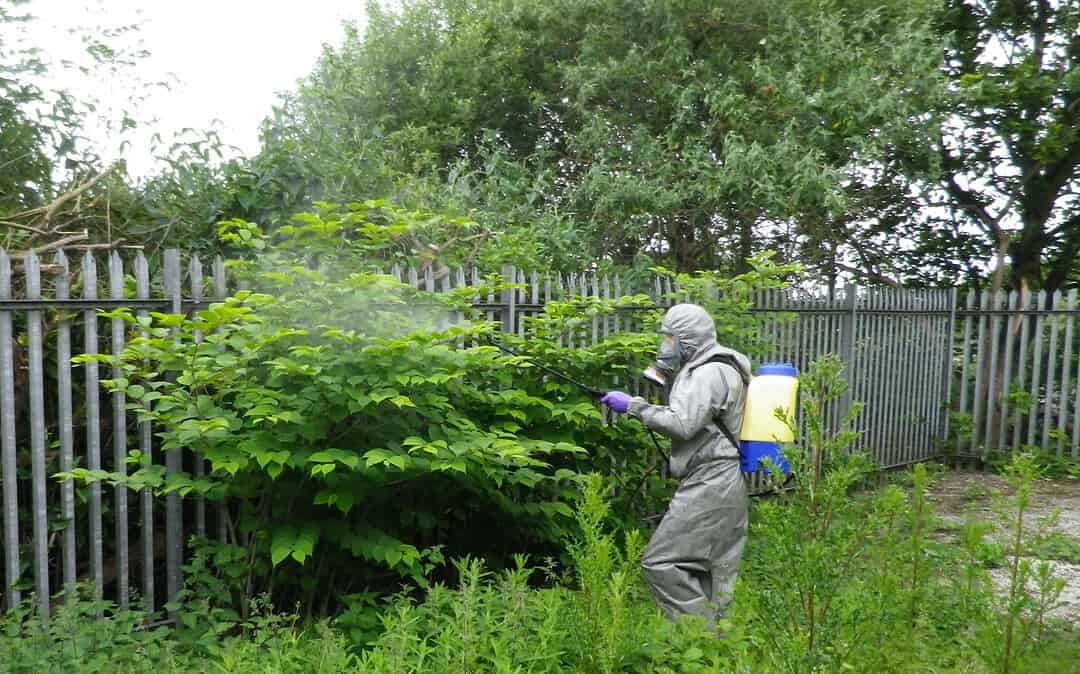Discover the challenges of getting rid of Japanese knotweed,
including its rapid spread and deep root system. Learn about the methods for controlling the plant in 2024
Japanese Knotweed knotweed is a highly invasive plant species native to Japan, China, and Korea. It was first brought to Europe in the late 19th century as an ornamental plant. It has since spread rapidly and become a significant problem in many countries. The plant can grow up to 10 feet tall and quickly spread through its underground root system. This makes it difficult to control people ask Can you get rid of Japanese knotweed ?.
Can you get rid of Japanese knotweed?
One of the main challenges in getting rid of Japanese knotweed is that the plant can regrow from even small fragments of its root system. More than simply cutting or digging up the plant is required to eradicate it. In addition, the plant has a deep and extensive root system that can reach depths of up to 10 feet. This makes it difficult to remove all of the roots.
Several methods can be used to control or eradicate Japanese knotweed, including:
- Chemical control: This method involves using herbicides to kill the plant. However, this method can be expensive and ineffective in all cases.
- Physical removal: This method involves manually digging up the plant and removing it from the site. However, this method can be labour-intensive and may only be effective in removing some of the roots.
- Biological control: This method involves the use of insects or other organisms to control the growth of the plant. However, this method is still being researched and has not been widely available.
- Combination of methods: This method involves using a variety of chemical, physical, and biological control procedures to eradicate the plant effectively.
It is important to note that getting rid of Japanese knotweed requires a long-term commitment. Also, a lot of effort. It may take several years and multiple treatments to eradicate the plant thoroughly. It is also essential to be vigilant and watch for any regrowth.
In addition, it is illegal to dispose of Japanese knotweed in the wild. It is vital to ensure that the plant is disposed of properly. This can be done by taking it to a licensed landfill or burning it on-site.
In summary, getting rid of Japanese knotweed can be difficult and time-consuming. Chemical, physical, and biological control methods may be needed to eradicate the plant effectively. Committing to the process and adequately disposing of the plant is essential to prevent it from spreading.
